What is a deck
Topics: sealed hierachies, data classes, immutability
One of the key components in the functional approach to programming we promote is how we model the data. In other words, how we represent the information we care about throughout the execution of our application.
We prefer a immutable representation to one where mutation is available. This main benefit is at the level of reasoning, as it becomes much easier to understand what is going on and potential problems. If instead of modifying data we always transform it into a completely new value, we do not need to care about concurrent accesses. More bluntly, a whole source of potential bugs disappear when using immutability.
This property alone has a profound impact on our data types. Since there is no mutation, the values are stateless. Instead of thinking about modification, for example with person.setName("me"), we think in terms of transformation and copying, person.copy(name = "me"). Functional programmers are usually proud of their anemic domain models, in which operations always exist as transformations of data.
We also strive for a precise representation, which captures every possible invariant (domain rule) in our data. A prime example from the UI world is data which may also be loading or have errors while obtaining. One potential representation is given by
class Result(
val data: Card?,
val problem: Throwable?
)
with the additional invariant that at most one of the values should be non-null, and both being null represents a loading state.
This is problematic, though, because there is nothing stopping us from breaking that invariant. A more precise representation capture the three possible states as three different types in a sealed hierarchy,
sealed interface Result {
data object Loading: Result
data class Success(val data: Card): Result
data class Problem(val problem: Throwable): Result
}
Now the compiler guarantees that the right information is present at each point. Furthermore, we gain the ability to use when to check the current state, and the compiler guarantees that we always handle all possible cases.
The SearchStatus type used in search/viewModel.kt is quite similar to Result above. You can take a look at that file and the corresponding view to see how one operates with sealed hierarchies.
One nice advantage of using Compose is that it naturally leads to a more immutable representation of state. In the following tasks we focus on the precision of our domain model.
- Domain modeling in Arrow documentation.
- The book Domain modeling made functional by Scott Wlaschin introduces many of these ideas in the context of F#, but it maps quite well to Kotlin.
More precise type
The given domain model uses a nullable Type in Card. This is because not every card in the Pokémon TCG has a type; this attribute is restricted to Pokémon and basic Energy cards. Your task is to transform the given domain model to capture that invariant.
More precise energies
Even the previous refinement is not completely true. In fact, two types have some special meaning in the game:
- Dragon may be the type of a Pokémon, but never the type of an Energy. In the game, this manifests as attacks never requiring "dragon energy"; dragon Pokémon always use a combination of other energies.
- When colorless energy appears in a cost, it may be paid by any type of energy. There are no basic Colorless Energy card, but there are Colorless Pokémon.
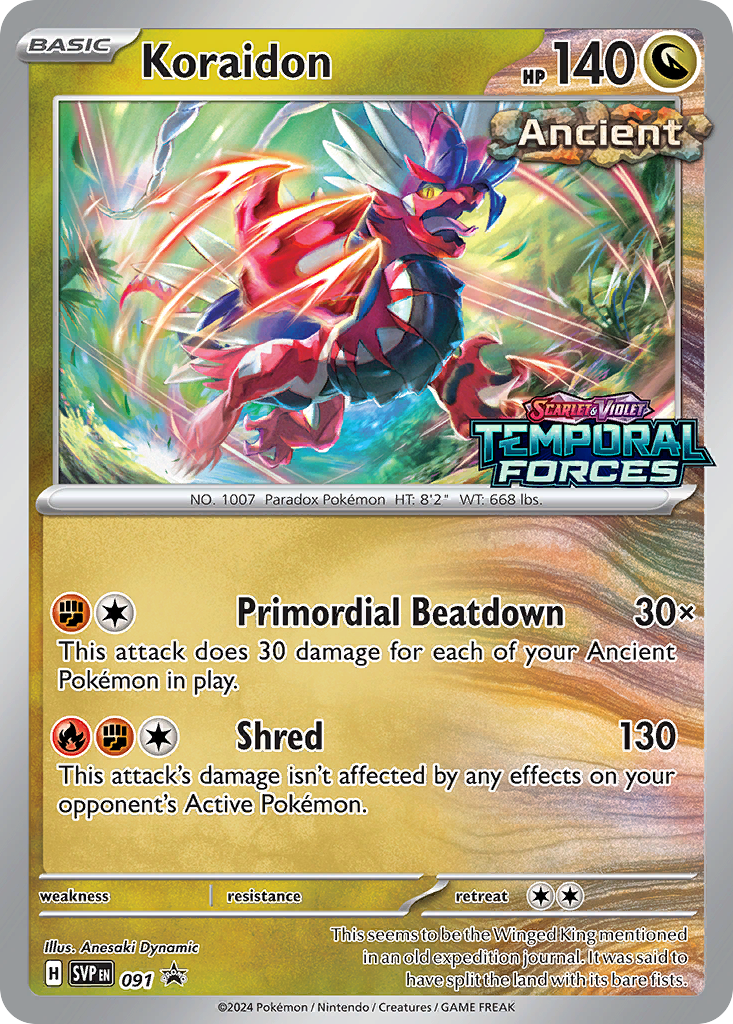 | 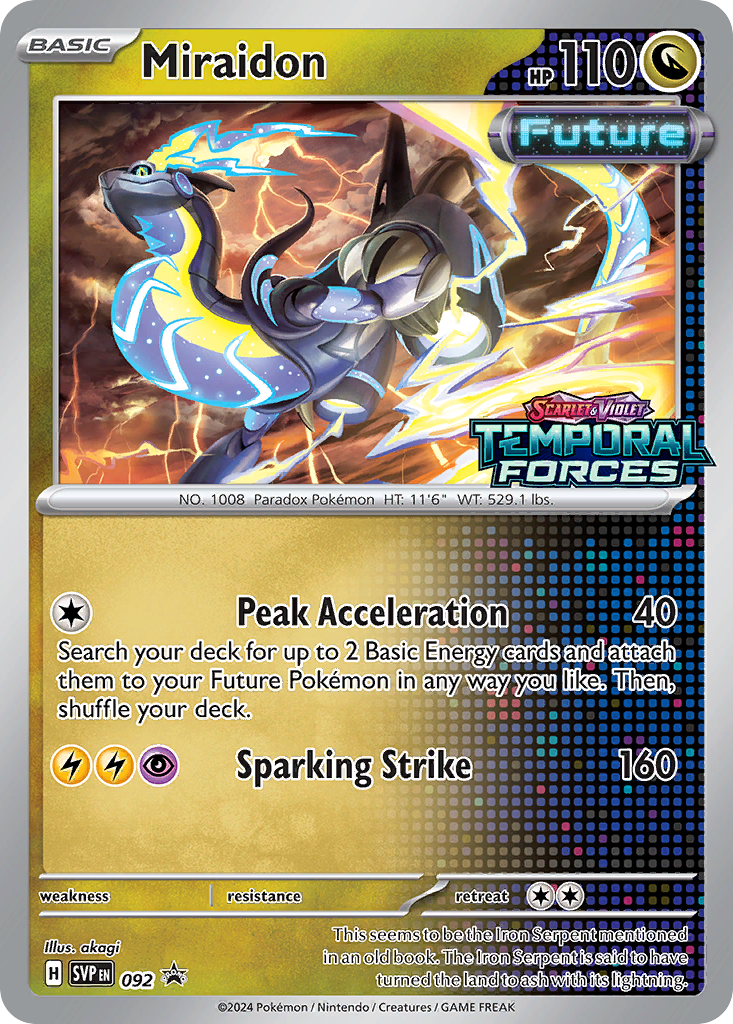 | These cards are of dragon  type, but their attacks do not use that energy (since it's forbidden). However, they both use colorless type, but their attacks do not use that energy (since it's forbidden). However, they both use colorless  energy. energy. |
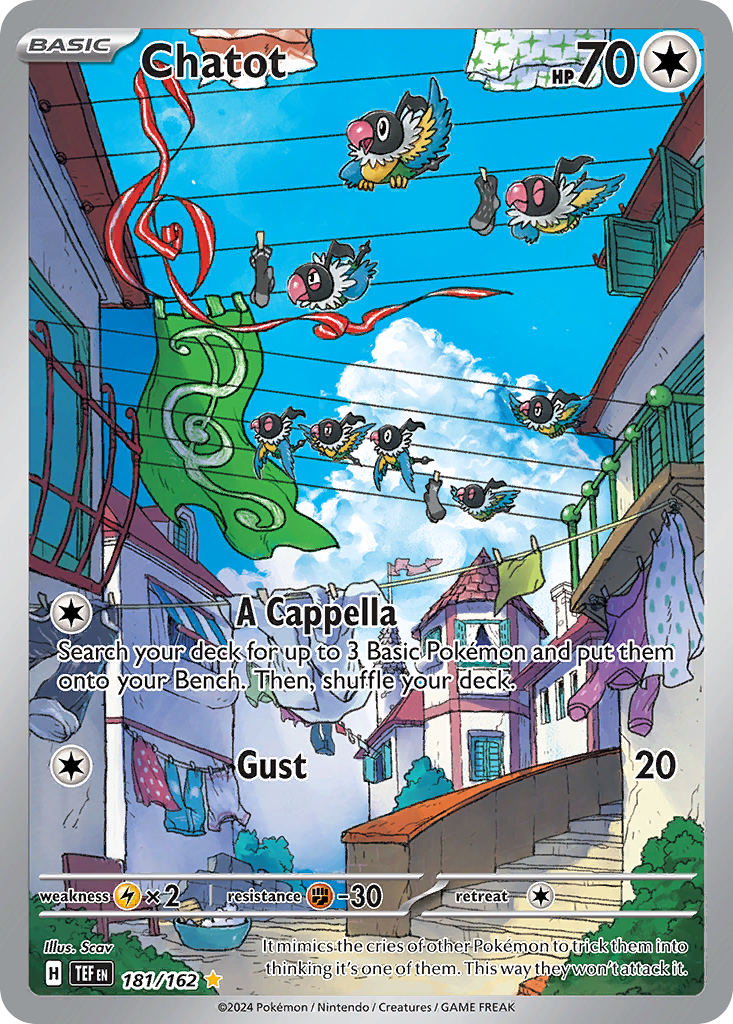 |  | These cards are of colorless type. They are used in every type of deck, since their attack cost can be paid using any energy. |
Your task is to refine the given Type to account for these nuances. However, your solution should not be just two or more different types; by using inheritance you can create several subsets of types and share common cases.
Information about evolution
One of the most important features of the Pokémon franchise is that Pokémon evolve, that is, they turn into (stronger) Pokémon as they progress. This is mapped in the TCG as Stage 1 and Stage 2 Pokémon describing which Pokémon they evolve from.
Every Stage 1 or Stage 2 Pokémon evolves from exactly one Pokémon. However, the converse is not true: a single Pokémon may evolve to more than one Pokémon (or none). For example, Gloom may evolve into Vileplume and Bellossom, with Eevee having record eight different evolutions.
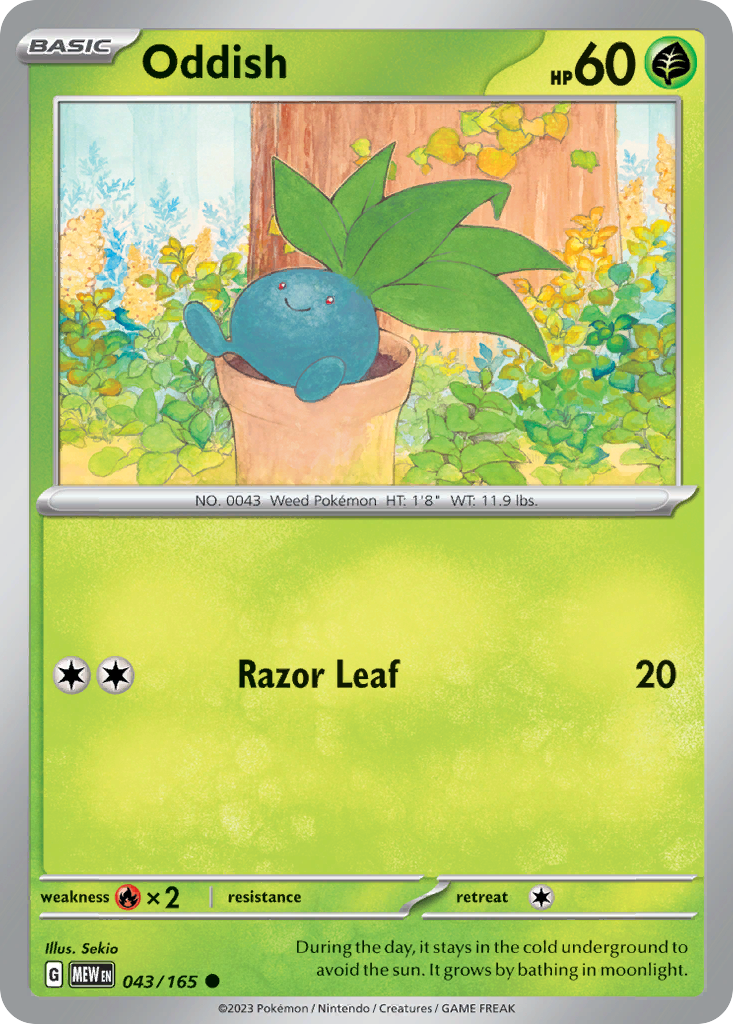 | 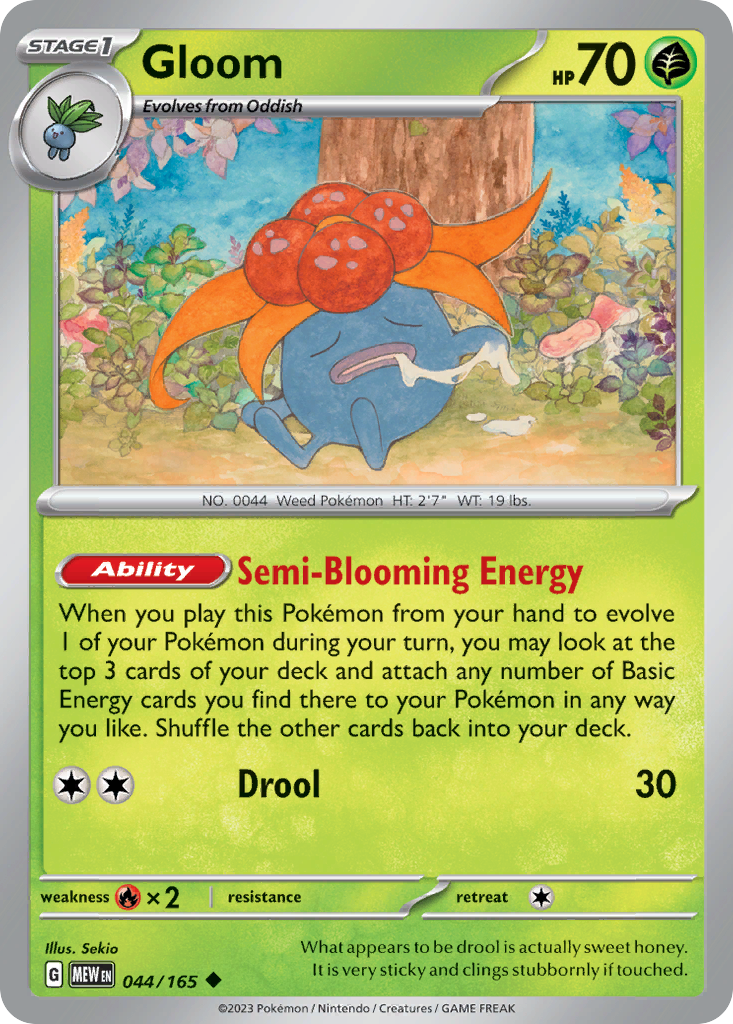 | 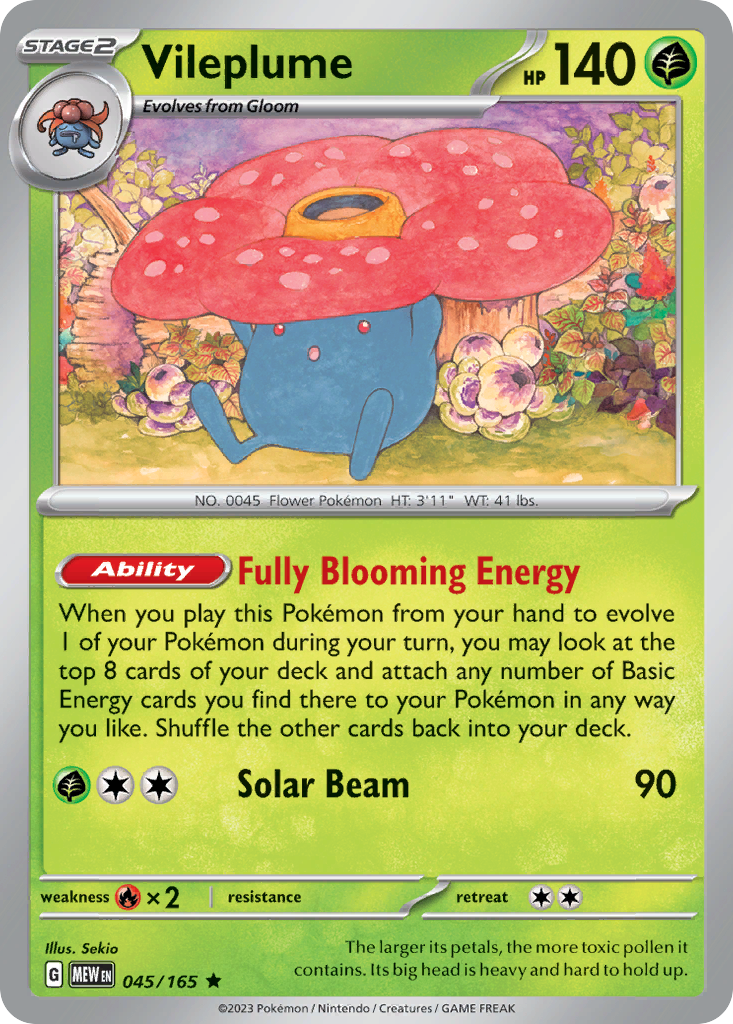 | 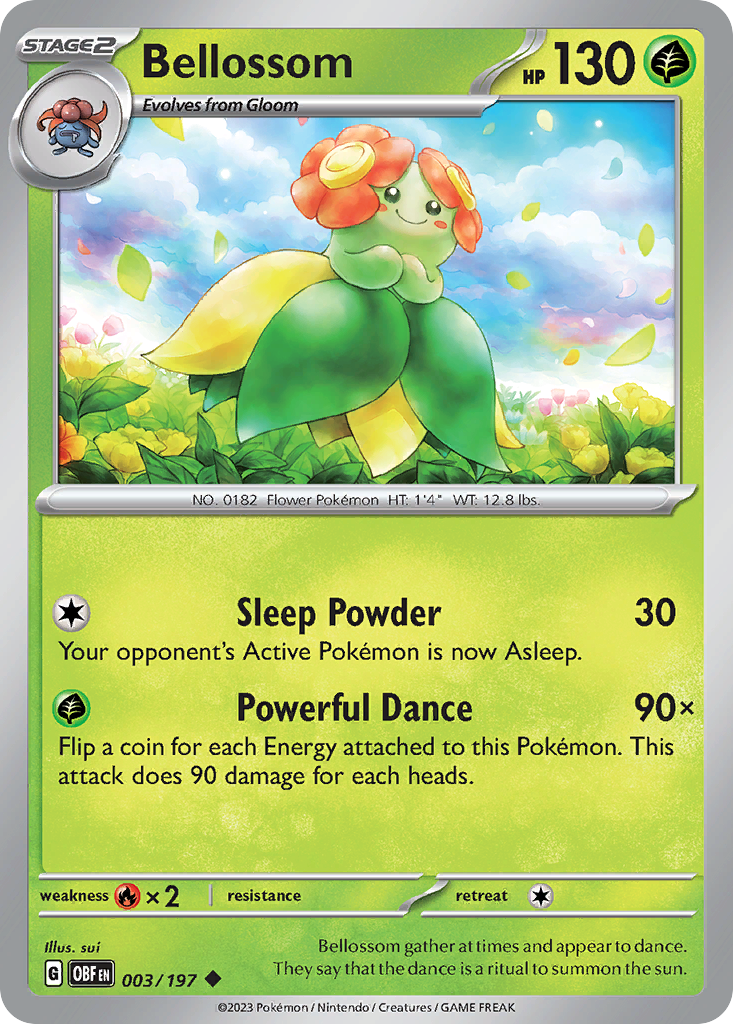 |
Your task is to refine the domain model to include this information. You need to also update the KtorPokemonTcgApi implementation to account for this extra attribute, check the Pokémon TCG API docs for the place where it appears.
The code uses kotlinx.serialization to transform the JSON returned by the API into Kotlin data classes. For more information, check the introduction and the basic guide.
As an additional task, you can improve the ordering of the deck shown in the right pane by taking evolution into account: evolution chains should appear together.